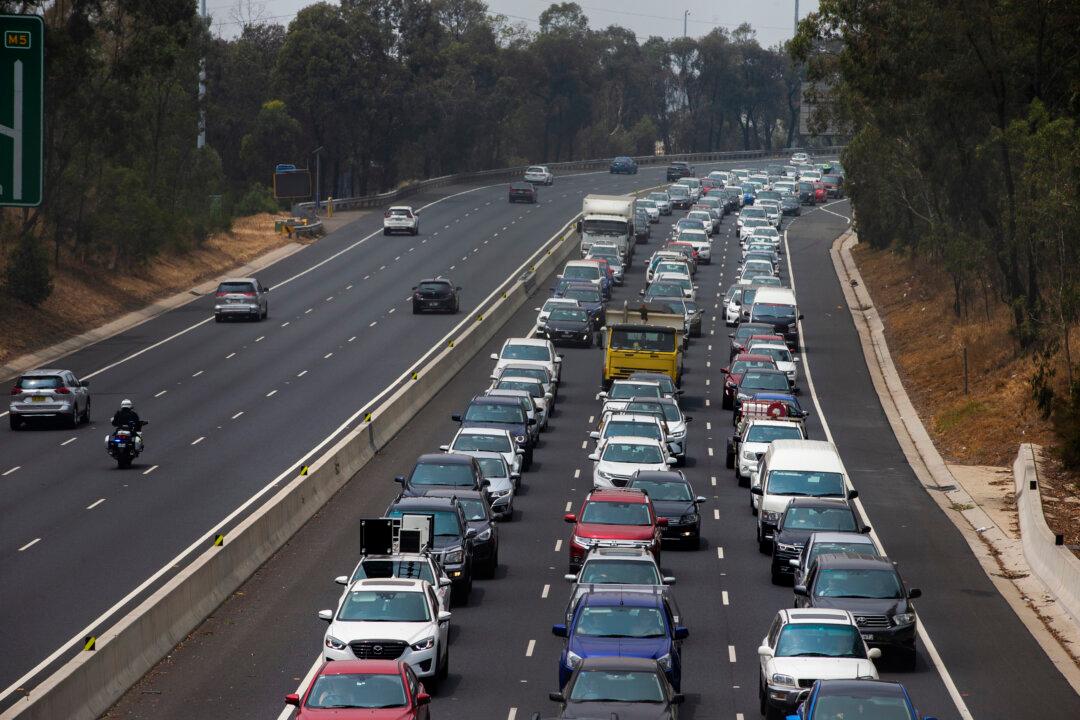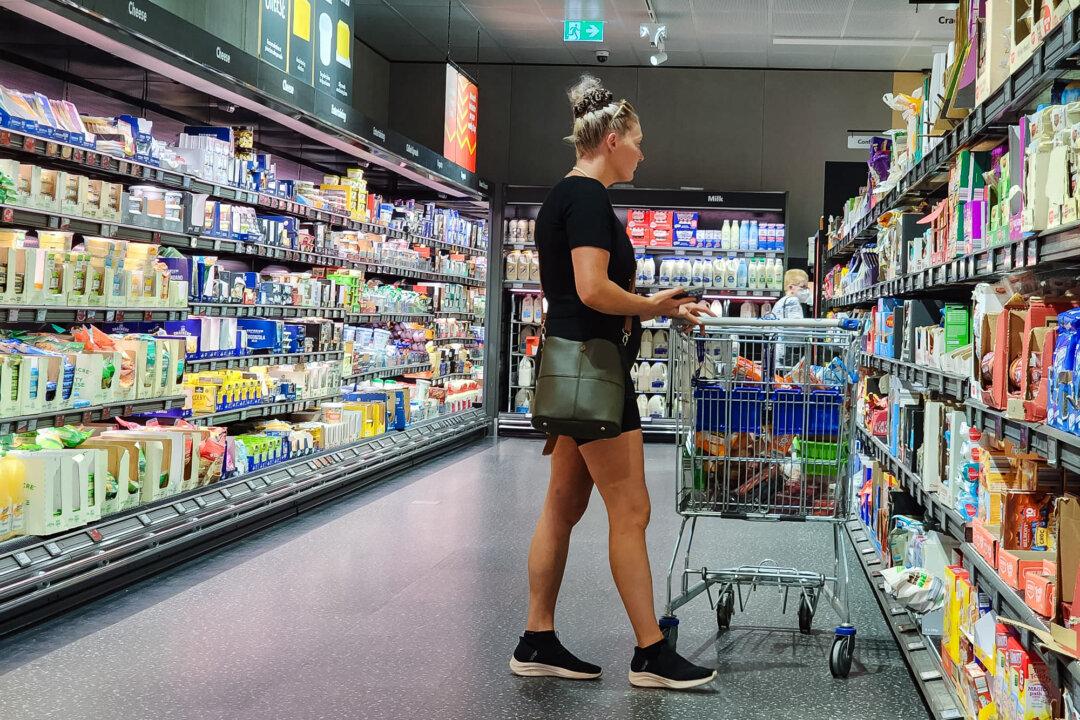The next phase in Australia’s decoupling from fossil fuels will involve a huge investment in a national battery strategy that aims to take advantage of global growth in clean energy solutions.
Australia is one of the largest lithium producers in the mineral form of spodumene worldwide. Currently, most spodumene concentrate mined in Australia is exported, as the country has limited capabilities to refine the mineral into battery-grade lithium hydroxide.





